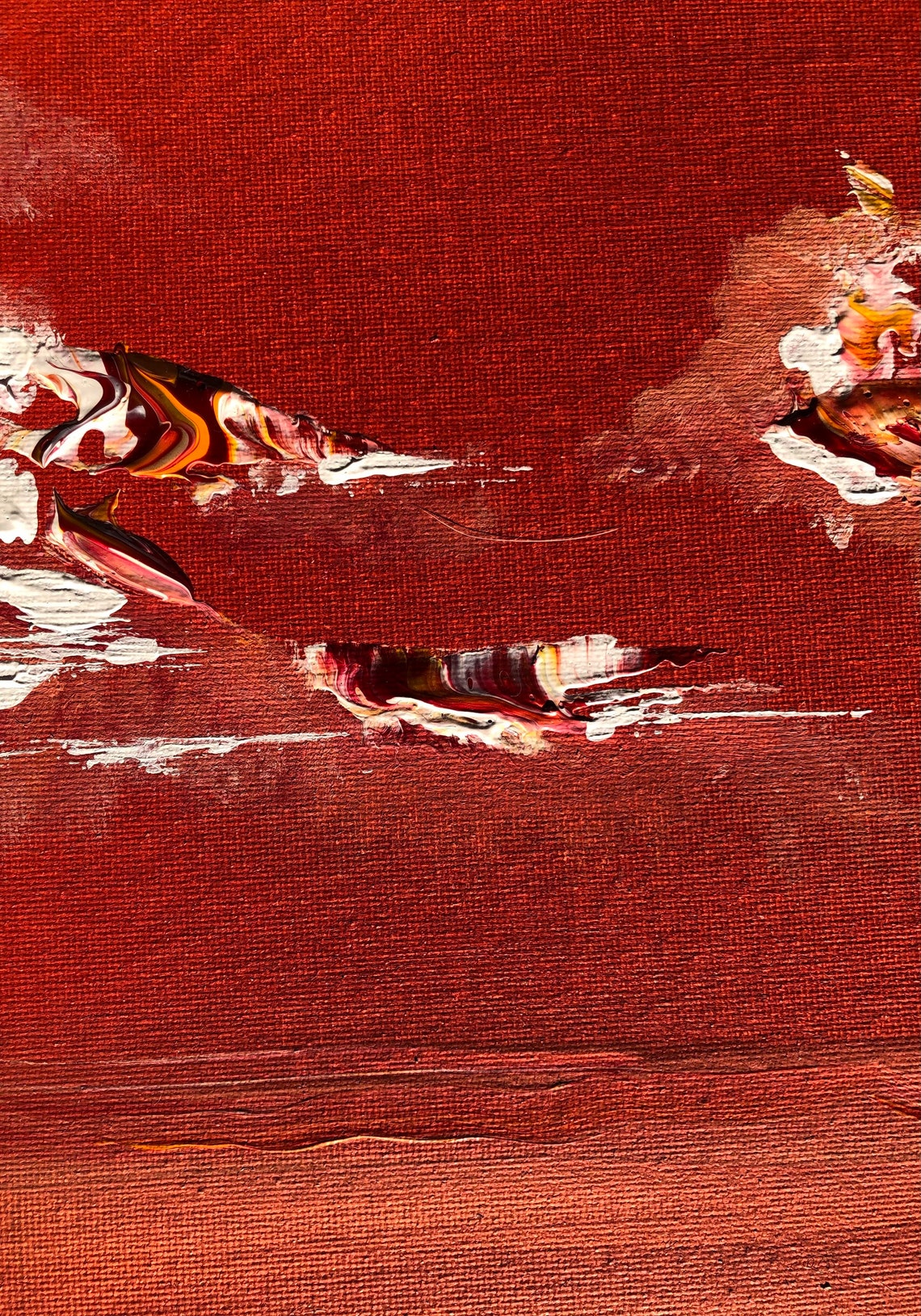
These aspects of the paint are closely related to the expressive capacity of oil paint. These additional media can aid the painter in adjusting the translucency of the paint, the sheen of the paint, the density or 'body' of the paint, and the ability of the paint to hold or conceal the brushstroke. There are other media that can be used with the oil, including cold wax, resins, and varnishes. This rule does not ensure permanence it is the quality and type of oil that leads to a strong and stable paint film. The consistency on the canvas depend on the layering of the oil paint.
ACRYLIC PAINT CANVAS BOARD CRACK
If each additional layer contains less oil, the final painting will crack and peel. (Because the solvents thin the oil in the paint, they can also be used to clean paint brushes.) A basic rule of oil paint application is ' fat over lean', meaning that each additional layer of paint should contain more oil than the layer below to allow proper drying. Oil paint is usually mixed with linseed oil, artist grade mineral spirits, or other solvents to make the paint thinner, faster or slower-drying. Traditional oil painting techniques often begin with the artist sketching the subject onto the canvas with charcoal or thinned paint. Can also be used to create a mixture of various pigments. Techniques Thin blade used for the application or removal of paint. The paint itself can be molded into different textures depending on its plasticity. The oil may be boiled with a resin, such as pine resin or frankincense, to create a varnish prized for its body and gloss. The paints themselves also develop a particular consistency depending on the medium. An artist might use several different oils in the same painting depending on specific pigments and effects desired. Certain differences, depending on the oil, are also visible in the sheen of the paints. The paint could be thinned with turpentine. The choice of oil imparts a range of properties to the paint, such as the amount of yellowing or drying time. Oil paint was used by Europeans for painting statues and woodwork from at least the 12th century, but its common use for painted images began with Early Netherlandish painting in Northern Europe, and by the height of the Renaissance, oil painting techniques had almost completely replaced the use of egg tempera paints for panel paintings in most of Europe, though not for Orthodox icons or wall paintings, where tempera and fresco, respectively, remained the usual choice.Ĭommonly used drying oils include linseed oil, poppy seed oil, walnut oil, and safflower oil.

The oldest known oil paintings were created by Buddhist artists in Afghanistan and date back to the 7th century AD. But the process is slower, especially when one layer of paint needs to be allowed to dry before another is applied. The advantages of oil for painting images include "greater flexibility, richer and denser colour, the use of layers, and a wider range from light to dark". It has been the most common technique for artistic painting on canvas, wood panel or copper for several centuries, spreading from Europe to the rest of the world. Oil painting is the process of painting with pigments with a medium of drying oil as the binder. Mona Lisa was created by Leonardo da Vinci using oil paints during the Renaissance period in the 15th century.

Please help improve this article by adding citations to reliable sources.

This article needs additional citations for verification.


 0 kommentar(er)
0 kommentar(er)
